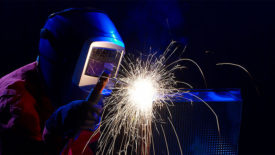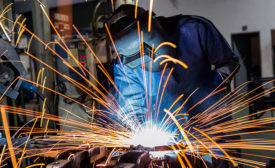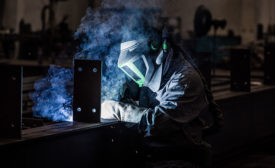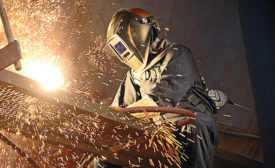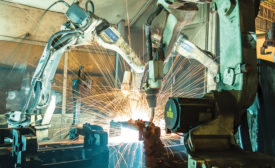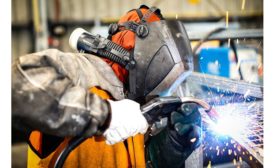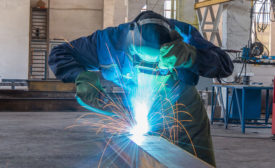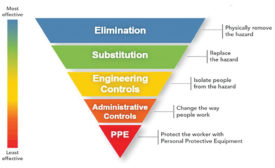Home » Keywords: » welding hazards
Items Tagged with 'welding hazards'
ARTICLES
Innovative safety equipment improves welder protection
Safer & more efficient welding
August 1, 2019
Managing air quality in weld cells
In robotic welding environments, fume levels rise as production volume increases
April 30, 2019
Innovative respiratory protection protects welders like never before
You’ve come a long way, baby
April 24, 2019
3 P’s of Welding Safety: Planning, preparation and protection
Keep these hot tips in mind to improve welding safety – and stay out of hot water
April 12, 2019
Welding robots are on the rise
What’s your strategy? Evaluate risks and select the right safeguarding systems
April 8, 2019
Follow the hazards control hierarchy to reduce welding risks
Back to basics
December 13, 2017
Become a Leader in Safety Culture
Build your knowledge with ISHN, covering key safety, health and industrial hygiene news, products, and trends.
JOIN TODAYCopyright ©2025. All Rights Reserved BNP Media.
Design, CMS, Hosting & Web Development :: ePublishing
